Description
Computers have become an integral part of our daily life in recent times. They have enormously impacted our personal, professional, as well as social lives. Considering the increasing demand of computers in society, schools, colleges, and universities have included computer education in their curriculum, to help students become skilled in programming and developing applications which can be used to solve various business, scientific, and social problems.
This study focuses on a specific kind of research known as structured data analysis. This book is all about models and hypotheses, whether they are large or little, backed by evidence or not. Making educated business choices based on solid theory and empirical evidence is of the utmost importance. The theory and application of data analytics are both covered in this book. A skilled data scientist will have little trouble working with massive datasets, either from the technical standpoint of databases or by developing algorithms to extract the most value from the data. The analytics project team may flaunt their hard work and other groups can put the models to use in production with the help of the code and technical documentation that was produced as part of the project deliverables. Here we see how simple visuals may greatly enhance the effectiveness of a presentation or data visualization. After some time had passed, however, a sizable quantity of information about Covid-19 individuals’ symptoms, severe medical issues, hospitalizations, etc. was made public. This data was used to develop an algorithm that forecasts how severely unwell individuals with the Covid-19 mutation would be and how likely they are to live.
At par with that in the past decade, the field of data analytics has become one of the pillars of information technology. Data analytics is an integral part of many commercial applications and research projects today, in areas ranging from medical diagnosis and treatment to finding your friends on social networks. Many successful data analytics applications have been developed, such as: machine vision in the manufacturing industry for automation in assembly line, biometric recognition, handwriting recognition, medical diagnosis, speech recognition, text retrieval, natural language processing, and so on.
There have been important advances in the theory and algorithms that form the foundations of data analytics field. The goal of this text book is to present basic concepts of the theory, and a wide range of techniques that can be applied to a variety of problems. There are many data analytics algorithms not included in this book, that can be quite effective in specific situations. Self-learning will easily help to acquire the required knowledge.
There are many machine learning websites that give information on available data analytics software. Some of the popular software sources are R, Python, Excel, and Tableau. This book does not promote any specific software. It has included a large number of examples, but I use illustrative datasets that are small enough to allow the reader to follow what is going on without the help of software. Real datasets are far too large to show this. Datasets in the book are chosen not to illustrate actual large-scale practical problems, but to help the reader under-stand what the different techniques do, how they work, and what their range of application is. This explains why a heavy focus on project work is a necessity. Each project must handle a large-scale practical problem. Use of domain knowledge to formulate the problem in data analytics setting, and interpretation of the results given by data analytics are important ingredients of training the students, in addition to the training on data analytics software.
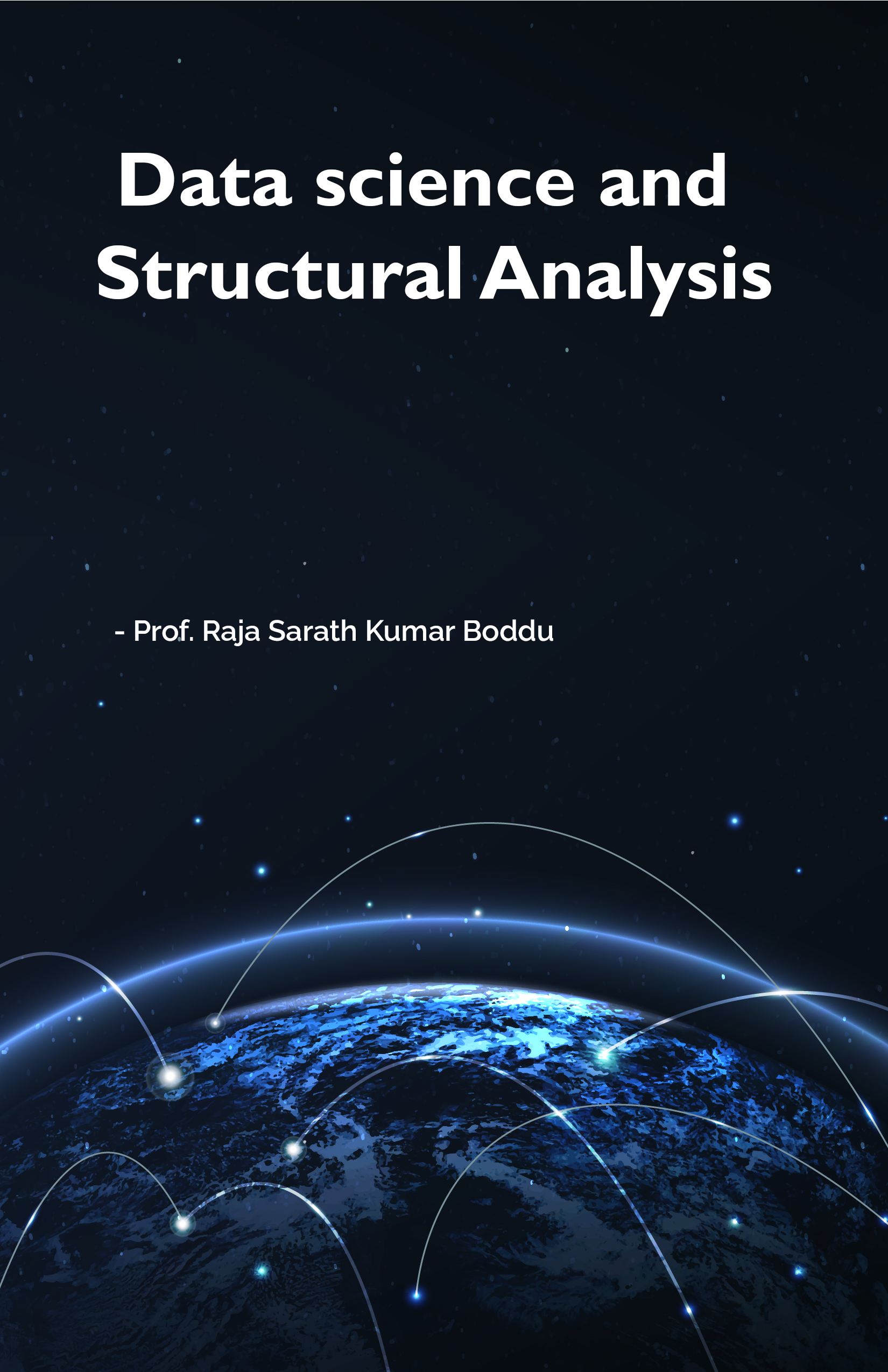

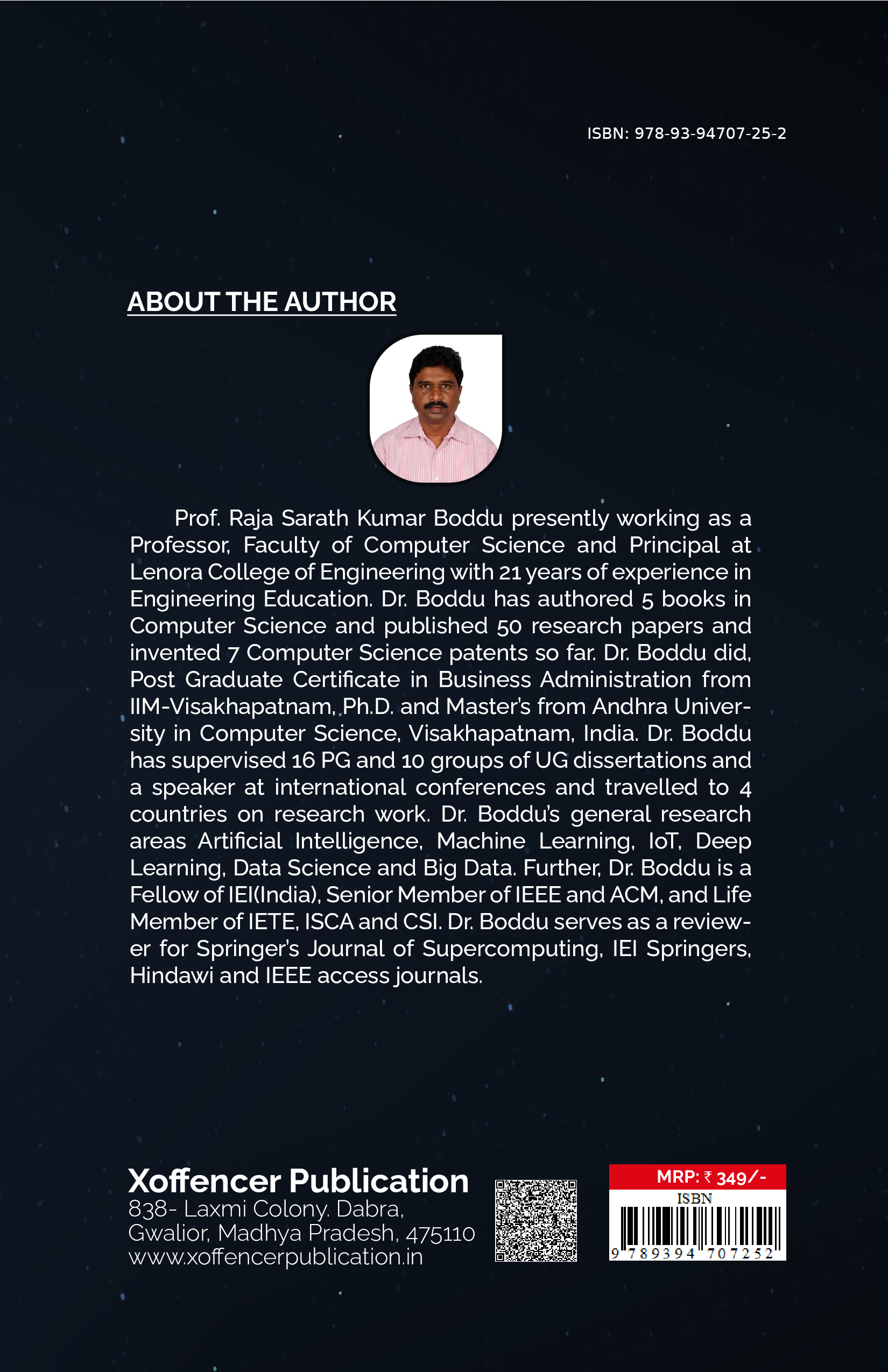
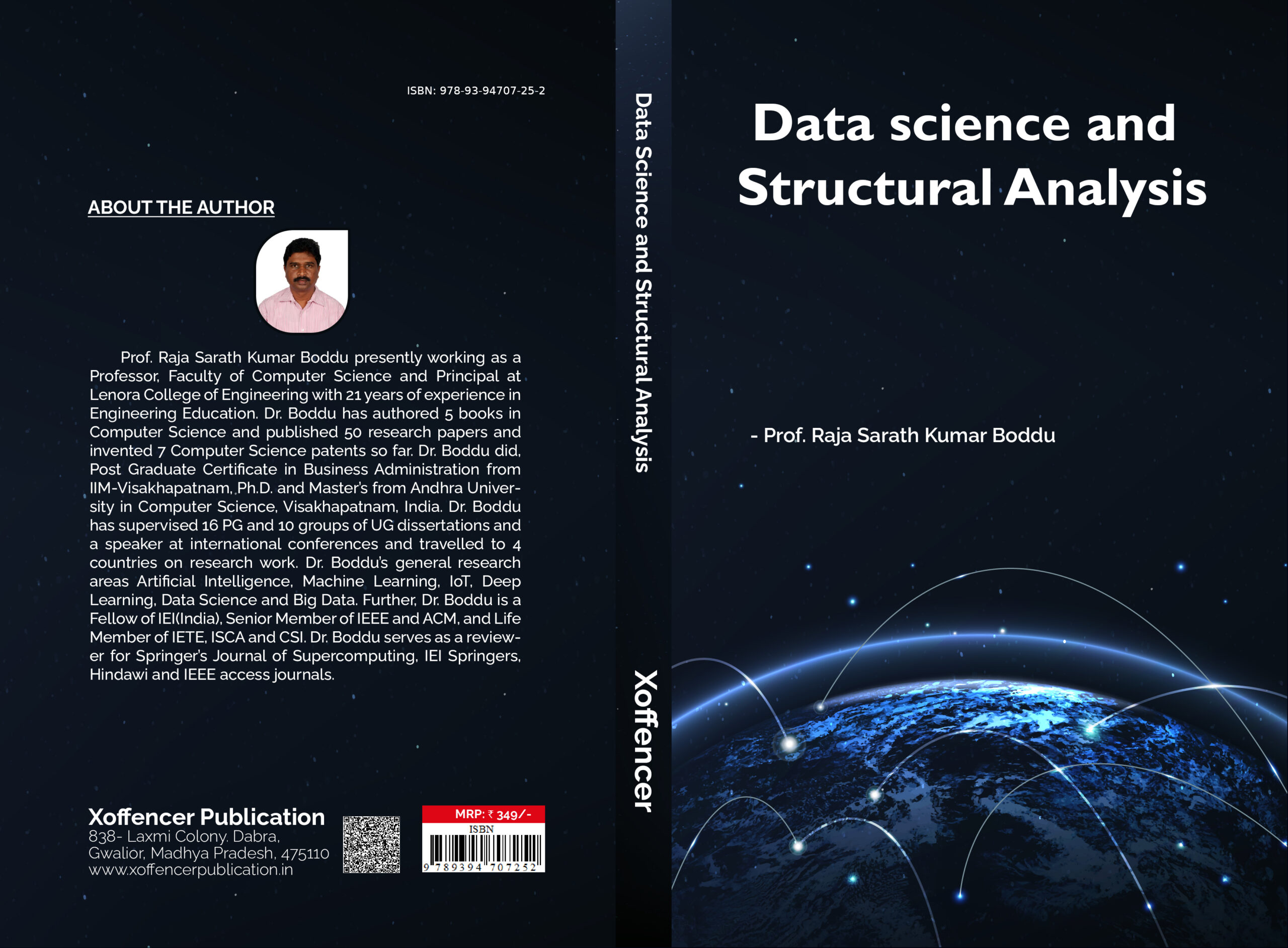




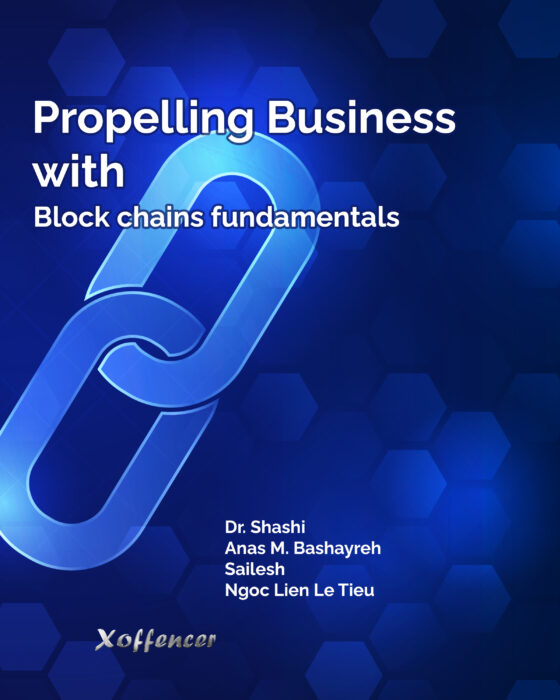
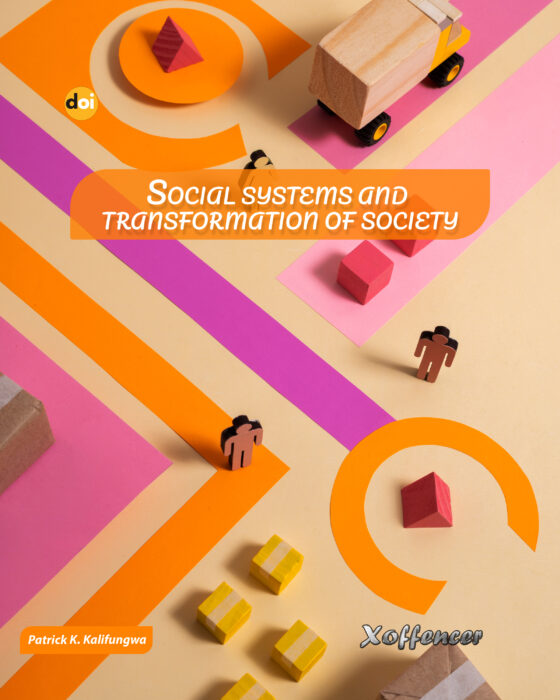
Reviews
There are no reviews yet.